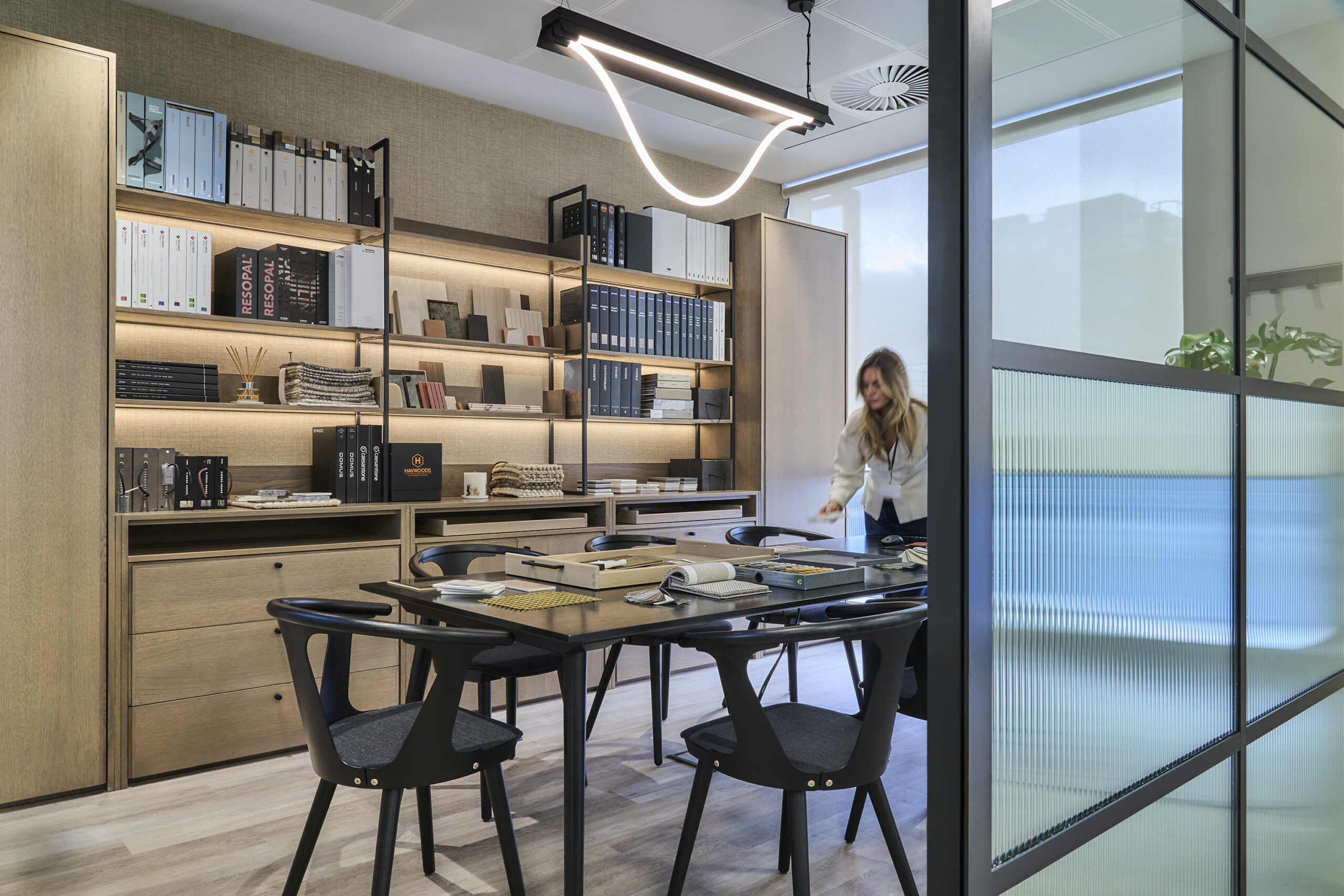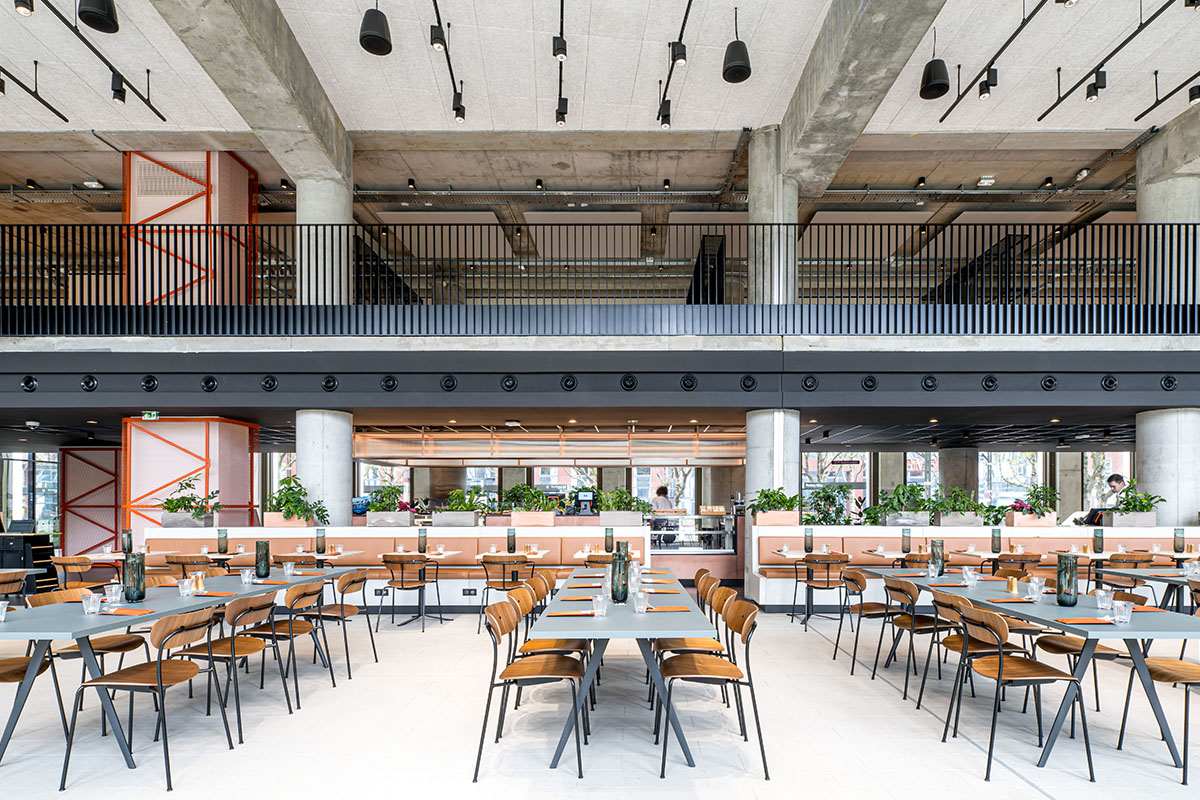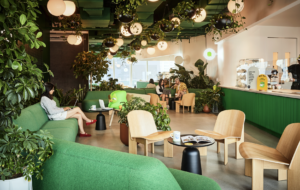
The director of Assael Architecture examines post-Covid working practices and how to do things better
In the latest development of changing working styles, the British government recently outlined their new proposals for workers to be allowed to request flexible working from their first day on the job, as opposed to six months, enshrining the notion of flexible working into law.
As the world of work changes, Assael has been looking back at the ‘Recipe for a Well Workplace’ series we wrote for OnOffice in 2019. Although written long before any of us could have predicted the pandemic, each piece points to a gradual shift that was already taking place, particularly the movement towards wellbeing-orientated design.
When the notion of wellbeing was initially introduced into workplace design, it was treated with some scepticism, due to its seemingly subjective nature and lack of empirical data. As part of the series, we explored what really constitutes a wellbeing-focused workplace, encompassing themes such as biophilia, flexibility, inclusivity and sociability. The growing awareness around wellbeing as a result of the pandemic has directed a more interactive, eco-friendly and health-focused office design and workplace strategy.
At a time when we were all concerned about the potential danger of the air we were breathing, we were reminded of our pieces on biophilia, and how it can be a breath of fresh air in buildings that are becoming increasingly toxic. Embracing biophilic design elements that integrate interior, and exterior can not only connect people with the natural world, but are key to supporting healthy bodies and minds.
This leads to the wider subject of the fabric of our interior workspaces. Now, we are all too aware of the power of air quality, light, temperature and non-toxic materials as key components to support healthy bodies and minds, as well as making comfortable spaces that boost productivity.
Whilst nobody could have predicted the shift towards the hybrid model, we were – before the pandemic – starting to see intelligent interior workplace design that fostered sociability and collaboration at work, whilst embracing technological advances. As we can now use our laptops and phones everywhere, the traditional formula of working at your desk is no longer necessary or desirable.
The pandemic cast light upon the importance of work-life balance, and the emergence of flexible spaces has transformed offices into so much more than simply places of work. This paradigm shift, which puts employees at the heart of design, makes for a flexible workspace, catering for the individual preferences of the post-pandemic worker. In our series, we touched on the cubicle-style workspaces of the 1960s, and how they represent the conservative-style attitudes of the era.
With the new hybrid model now having to accommodate for solitary spaces, either for moments of privacy or video calling, private booths are increasingly becoming something companies will look to adopt once again. Spaces that served as merely functional in the past now have the potential to be transformed, to encourage sociability and a more dynamic interaction between colleagues.
Beauty and functionality will remain important design considerations, of course, but they are now secondary to how supportive a space is to the changing needs of the users, and their experience in using them. We speculated in the series how offices of the future must provide a variety of meeting and working spaces, for those who prefer working in company, and those who perform best in solitude.
Now, more than ever, we are seeing how the flexibility and enjoyability of a work environment can have an impact on creativity, productivity and building positive relationships. As we look back at the conversations that were taking place before the pandemic, at Assael and across the industry, it is evident that workplace design was already undergoing a transformation, and the pandemic was merely a catalyst to speed up that change.
As designers, we must recognise our power and privilege in being able to facilitate this positive change, and be ambassadors for happy and healthy workplace culture. Offices of the future will be more than simply sleek design and contemporary furniture, they will be a tool that, if harnessed correctly, can be a conduit to collaboration and productivity. Despite continued predictions of its demise, the office continues to be a place that evolves and endures.
Image by Pexels, Anastasia Shuraeva
Enjoy this article? Read more: Andrew Mcmullan on the power picnic



















